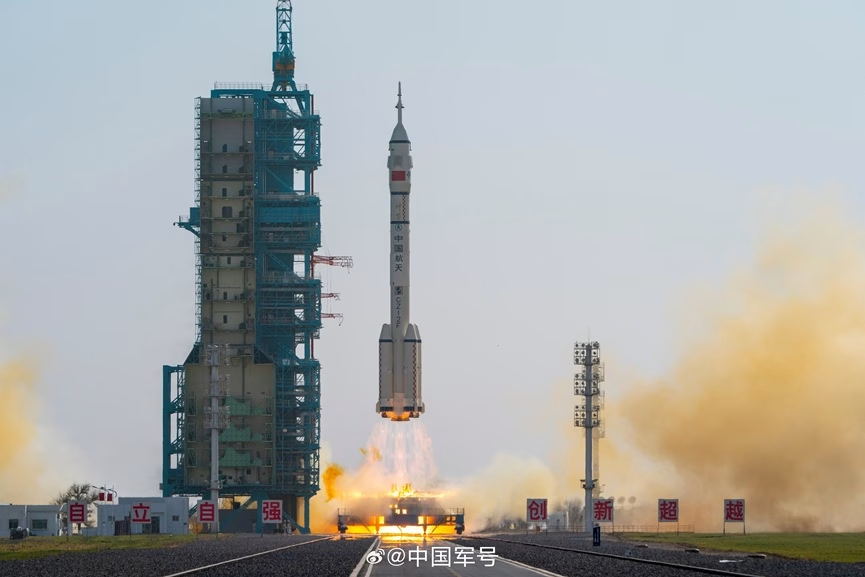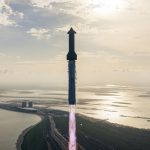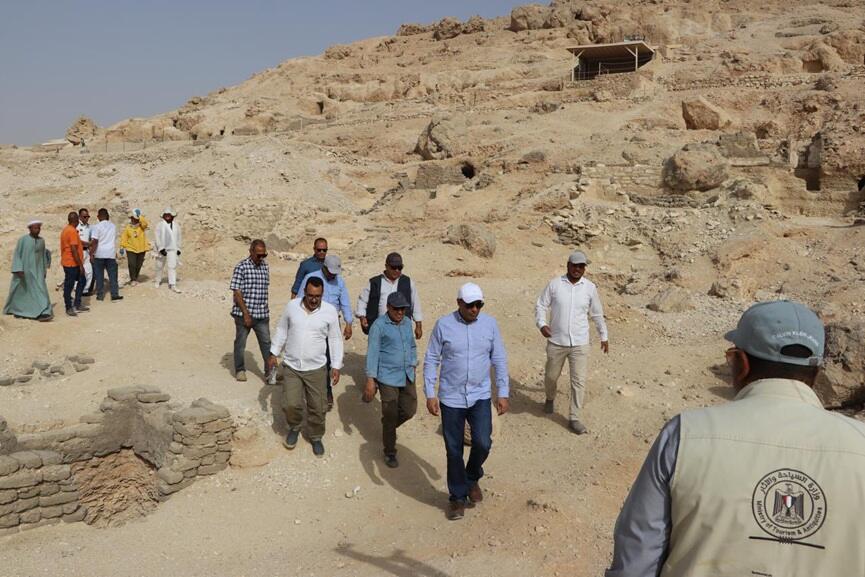China: China carried out its first emergency space launch on Tuesday, sending the Shenzhou-22 spacecraft into orbit to address safety risks at the Tiangong space station after one of its return vessels was damaged earlier this month.
The unmanned Shenzhou-22 lifted off atop a Long March-2F rocket from the Jiuquan Satellite Launch Centre in northwest China at 12:11 p.m. local time. A video released by state broadcaster CCTV showed the rocket soaring through clear skies before entering orbit, with the Earth visible beneath the craft.
Shenzhou-22 is heading to the Tiangong station, where three astronauts are living without a flightworthy vehicle that could bring them home during an emergency. The China Manned Space Agency (CMSA) said the spacecraft separated smoothly from its rocket and entered the planned orbit, calling the mission a complete success.
The emergency launch was triggered by an incident on November 5, when the Shenzhou-20 return capsule was found unfit to fly. A crack in its window, believed to be caused by space debris, forced authorities to ground the vessel. To safeguard the crew, China deployed Shenzhou-21 on November 14, even though it had arrived at the station only weeks earlier carrying a fresh trio of astronauts.
🚀 Liftoff! At 04:11:45.459 UTC on November 25, Long March 2F Y22 launched Shenzhou-22 spacecraft from Jiuquan. This marks a historic first: the spacecraft is launching uncrewed to meet astronauts already waiting in orbit. In place of a crew, Shenzhou-22 is carrying essential… https://t.co/YlyrS72Lpv pic.twitter.com/I2gRFB97Rx
— China ‘N Asia Spaceflight 🚀𝕏 🛰️ (@CNSpaceflight) November 25, 2025
With Shenzhou-21 departing six months ahead of schedule, the astronauts on Tiangong were left with no escape vehicle, creating an unusual and serious operational gap. The arrival of Shenzhou-22 will restore that margin of safety.
CMSA official He Yuanjun noted that this is China’s first emergency launch since the start of its crewed space programme and expressed hope that it remains a rare event in humanity’s space journey.
Shenzhou-22 is carrying spare parts for the Tiangong station, equipment needed to fix the cracked Shenzhou-20 window, and fresh fruit and vegetables for the crew. Once docked, the spacecraft will stay attached to the station until around April 2026. It will then bring home the astronauts who travelled on Shenzhou-21.
China’s rapid response stood out. With both the rocket and spacecraft already positioned at the Jiuquan launch site, it took only 16 days for mission planners to activate and execute the emergency procedure. The swift turnaround highlights China’s disciplined approach to space operations.
The episode comes as China and the United States closely monitor each other’s crewed spaceflight systems while both nations push toward landing astronauts on the moon before the end of the decade. The contrast is notable after two NASA astronauts were stranded on the International Space Station for nine months due to propulsion issues in their return craft.

























